A sublimation printer is a printer that uses the sublimation printing technique to produce high-quality, full-color prints on a variety of materials, particularly textiles and coated substrates.
Sublimation printing is a novel process in which a solid substance (sublimation ink) is converted directly into a gas without going through the liquid phase.
Sublimation printers employ inks that are not the same as standard printer inks. These inks include solid dye particles that, when heated, sublimate into a gas, allowing for the transfer of vibrant colors onto various surfaces.
What Is a Sublimation Printer?
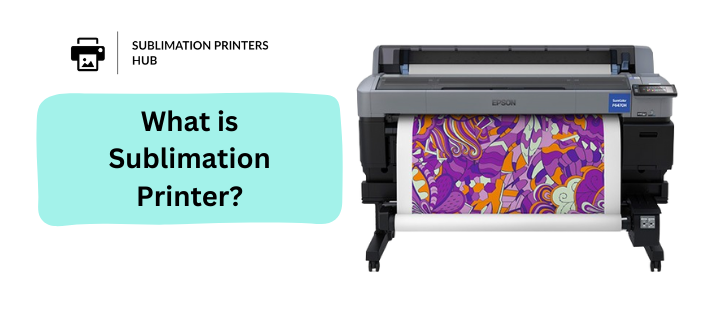
Sublimation printers are typically inkjet printers that use four or more color cartridges (cyan, magenta, yellow, and black, with the option of adding additional colors for improved color reproduction).
Sublimation printers are often utilized for polyester or polymer-coated materials. Fabrics, ceramics, metals, and some polymers are all examples. Sublimation Printing Software Guide available.
How Does Sublimation Printer Works?
Let’s understand the sublimation printing process into parts:
Special Inks: Sublimation printers employ sublimation inks with solid dye particles. When subjected to heat, these dyes have the ability to sublimate, or change from a solid to a gas.
Transfer Paper (Used for sublimation): The image or design is initially produced using sublimation inks on a particular transfer paper. This paper is essential in the sublimation process because it keeps the ink firm.
Heat Press Process: The printed transfer paper is then placed on the substance to which the image is to be transferred (such as fabric or coated metal). The heat and pressure from a heat press cause the sublimation ink to turn into a gas.
Sublimation of ink: When heated, the solid dye particles in the ink transform into a gas and are absorbed into the material’s fibers or coating. This method ensures that the color becomes a part of the material rather than being applied on top of it. know what is dye sublimation printer?
Cooling process: As the material cools, the sublimation ink solidifies, permanently embedding the image in the material. As a result, the prints are vivid and high-resolution, with great color reproduction and durability.
We have created a separate article on how to print sublimation images?
On Which Products Sublimation Printing Works?
Custom garments (such as sports jerseys and personalized t-shirts), promotional products (mugs, mousepads, and so on), and soft signs are all popular applications for sublimation printing.
The process is noted for creating prints that are more robust and fade-resistant than other printing methods, making it a popular choice for applications requiring longevity and color vibrancy.
How To Sublimate on Polyester?
What Are The Benefits of a Sublimation Printer?
Sublimation printing has a number of advantages, making it a popular choice for a wide range of applications. The following are some of the primary benefits of using a sublimation printer:
1) Prints that are vibrant and last a long time: Prints produced by sublimation printing are extraordinarily vivid and high-resolution. The ink is embedded into the material rather than lying on top of it, resulting in graphics that resist fading and retain their brilliance over time.
2) Environmentally Conscious: Water-based sublimation inks are regarded more environmentally benign than solvent-based inks. The technique emits no toxic emissions and does not require the use of chemicals, making it a more environmentally friendly printing alternative.
3) Durability: The permanence of sublimation printing is well recognized. The patterns are resistant to wear and tear, making them ideal for things that are handled, washed, or exposed to the elements on a frequent basis.
sublimation ghosting error solution
4) Soft Touch: Sublimation prints, unlike other printing technologies, have a velvety feel since the ink is absorbed into the fabric or material. This is especially appealing in applications such as personalized clothes, where a pleasant and natural feel is essential.

Sublimation Print Example on Fabric
5) Detailed and High Resolution: Prints with great degrees of detail and resolution can be produced with sublimation printers. As a result, they are perfect for applications requiring complicated designs and precise details, such as photography prints or personalized products.
6) Personalization and customization: Sublimation printing lends itself well to customization and personalization. Businesses can simply create one-of-a-kind items or small batches with distinctive designs that appeal to individual client preferences.
Why my sublimation printer printing lines?
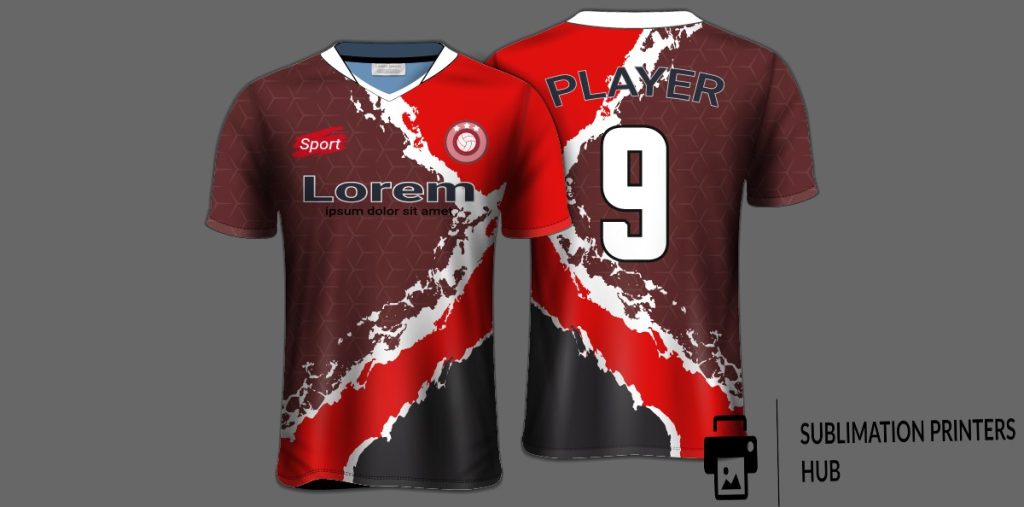
7) Material versatility: Sublimation printing is not only confined to paper; it may also be utilized on polyester fabrics, ceramics, metals, and some polymers. Because of its adaptability, it is suited for a wide range of uses, from garments and accessories to promotional items.

8) There are no color restrictions: Sublimation printing can reproduce a wide range of colors, including gradients and subtle color variations. This adaptability is especially useful when building visually appealing and sophisticated designs.
9) Rapid Product Turnaround: Sublimation printing is a rapid method that allows for quick manufacturing turnaround times. This efficiency is advantageous for companies that require on-demand printing or short production cycles.
10) There are no color registration issues: Color registration difficulties that can occur with other printing technologies are eliminated with sublimation printing. The entire image is printed in one pass, ensuring exact color alignment and reducing the chance of misregistration.
Because of these benefits, sublimation printing is a popular choice in a variety of industries, including clothes, home decor, promotional products, and personalized gifts.
Sublimation Vs Screen Printing Article
We can use a regular printer for sublimation?
What are The Drawbacks of Sublimation Printers?
While sublimation printing has many advantages, it also has some drawbacks and restrictions. When deciding if a sublimation printer is the best option for a certain application, several aspects must be taken into account.
The following are some of the drawbacks of sublimation printers:
- Reliance on Specialty Inks: Specialized sublimation inks are required for sublimation printers. These inks can be more expensive than standard inks, and users are often restricted to using only the ink formulations advised for their printers.
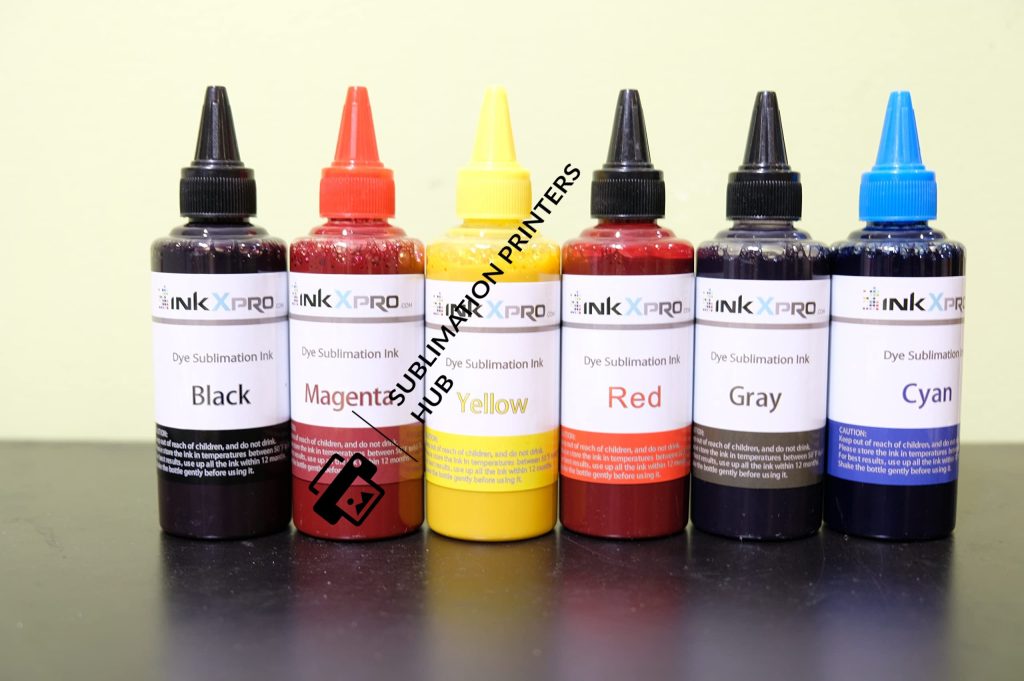
- Initial Investment and Machine Needs: When compared to other printing technologies, sublimation printers and associated equipment, such as heat presses, can have a greater upfront cost. Smaller organizations or individuals wishing to enter the sublimation printing sector may find this initial outlay prohibitive.
- Acquiring Knowledge: Operating a sublimation printer effectively involves a learning curve. Understanding parameters such as color profiles, temperature settings, and material compatibility is vital for attaining optimal results.
- Surfaces Must be Flat or Slightly Bent: Sublimation printing works well on flat or slightly curved surfaces. It may not be suited for highly irregular or three-dimensional items, restricting its application in some industries.
Pricing analysis of Sublimation Printer
- Material Compatibility: Sublimation printing works best on materials that have a high polyester content or a polymer coating. Because the dye does not attach to cellulose fibers, it may not perform well on natural materials like cotton. This restricts the materials that can be used for sublimation printing.
- Difficulty of Heat Press Operation: Sublimation printing requires the use of a heat press to deposit the ink onto the material. While the process is not unduly complex, precise temperature and pressure settings are necessary. Inaccurate settings can cause to mediocre results or even harm to the substrate.
- Dark Fabric Colour Gamut Restrictions: Sublimation printing works best on light-colored or white fabrics. Sublimation may not produce the same colour vibrancy and contrast when printing on dark textiles. To achieve brilliant prints on dark backgrounds, additional processes, such as pre-printing a white layer, are frequently required.
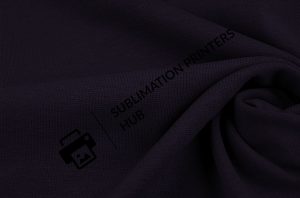
- Not Suitable for Large Solid Regions: Sublimation printing may not be the ideal solution for huge solid regions of color. Uneven heating or pressure during the heat transfer process might result in variations in color and appearance.
- Disposal’s Environmental Impact: Disposal of sublimation-printed objects may have environmental issues. Some surfaces treated with sublimation inks may not be easily recyclable, contributing to waste concerns.
- Not the Best for Quick Runs: While sublimation printing is efficient for on-demand production, it may not be as cost-effective for extremely short print runs or one-off goods compared to other printing methods.
Despite these shortcomings, sublimation printing remains a powerful and adaptable alternative for many applications, especially in industries where colorful, durable, and personalized prints are vital.
How To Upload Artwork Files To Sublimation Printer?
How To Start Sublimation Business?
Can I use Sublimation Ink in a Regular Printer?
No, you cannot use sublimation ink with a standard printer. Sublimation ink is specifically created for the sublimation printing technique, which involves the transformation of solid dye particles into a gas under the influence of heat.
Because of its unique qualities, sublimation ink cannot be used in standard inkjet or laser printers.
Know About Cricut Sublimation Printers
Sublimation Printing Tutorials
A sublimation printer is a type of printer that employs heat to transfer dye to various materials such as fabrics, metals, and plastics. Sublimation printing, also known as dye-sublimation, is a digital printing method that employs heat to infuse dye into materials.
Unlike typical printers that employ ink, sublimation printers use specific sublimation inks that, when heated, transform into a gas. When the gas comes into touch with a polymer layer on the substrate, it solidifies and bonds to it. This enables full-color, photo-quality printing onto the cloth.
The sublimation printing technique employs a thermodynamic process. Here are the basic stages:
> The image is printed on special transfer paper with sublimation ink. This paper has a polymer covering that momentarily bonds with the gaseous dye.
> High heat and pressure are then applied to the printed transfer paper and the substrate (fabric, metal, plastic, etc.). Common heat presses attain temperatures ranging from 350 to 400 degrees Fahrenheit.
> Under this heat and pressure, the sublimation ink transforms into a gas that permeates the substrate’s polymer layer. As the material cools, the dye hardens and firmly attaches to the substrate.
> Because the dye chemically attaches at the molecular level, the prints become a permanent part of the material rather than simply sitting on its surface. This provides for durable prints that do not break, fade, or peel.
There are numerous main advantages of using a sublimation printer over standard printing methods:
1) Long-lasting, vibrant colors
2) Capable of printing on many materials (e.g., fabrics, metals, plastics, ceramics)
3) The ink bonds at a molecular level, resulting in smooth prints that don’t feel like decals on the material.
4) Detailed prints, such as images, can be transferred precisely.
5) The procedure is environmentally benign, with no liquid waste and non-toxic ingredients.
6) It is also cost-effective for small runs or personalized garments and accessories.
7) Excellent choice for soft signs, ornamental panels, sports clothes, mugs/drinkware, trophies, and more.
Sublimation printing is most effective on substrates with a polymer covering to receive the dye. Common materials include:
– Polyester fabrics
– Aluminum
– Polymer-coated ceramics, glass, and porcelain
– Polymer plastics and hard substrates
– Treated metals, including steel, brass, and copper
– Magnets
– Polymer-finished wood veneers
– Leather and fake leathers
The material must be able to endure temperatures above 350°F. Natural textiles, such as cotton and paper, do not perform well with sublimation colors unless they are prepared beforehand.
Sublimation is widely used to achieve the following:
– Phone covers and technology accessories.
– Clothing such as t-shirts, jerseys, uniforms, and accessories.
– Mugs, drinkware, and coasters
– Custom packaging for awards, plaques, and ceramic tiles.
– Skateboards, helmets, sports equipment – Fabrics for upholstery, curtains, and fashion.
– Soft signs and flags.
– Decorative aluminum panels and signs
– Polymer clay jewelry and souvenirs.
– Puzzles and Games
Sublimation printing enables for comprehensive customisation of apparel, accessories, decor, and more, including polyester t-shirts, metal iPhone covers, and ceramic mugs. The prints won’t fade or crack over time.

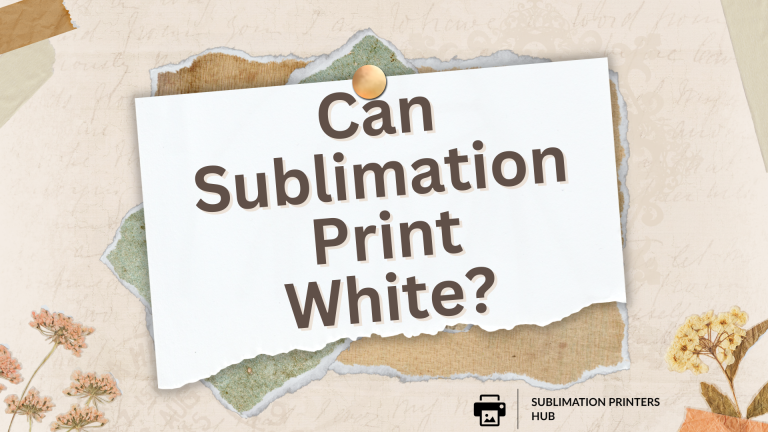
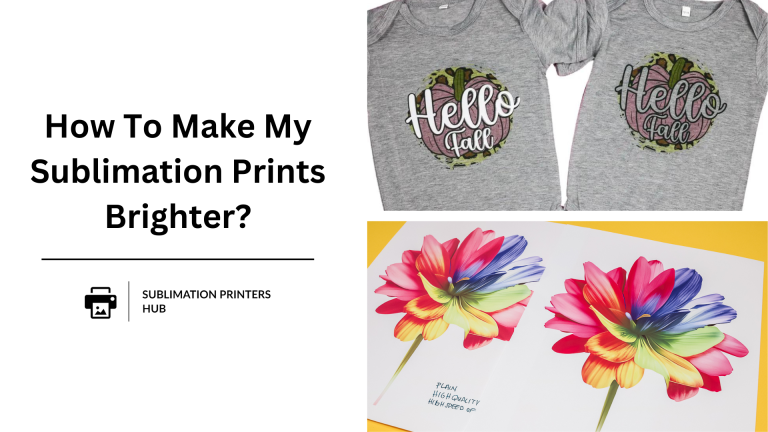
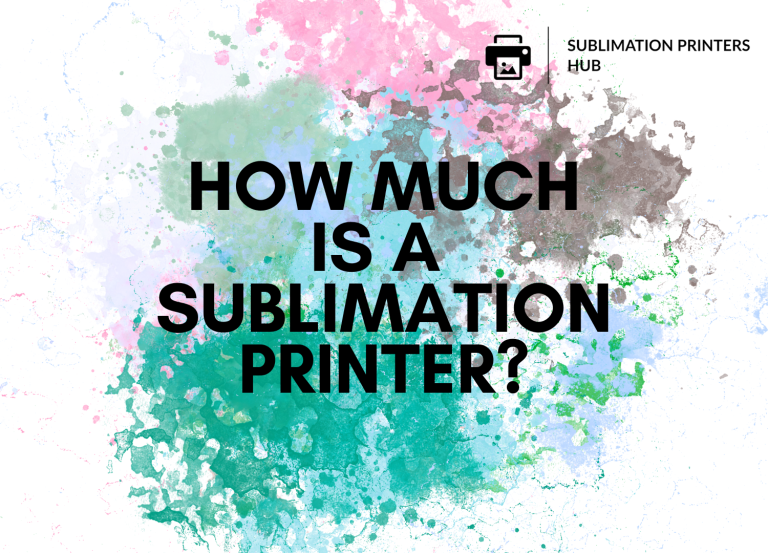
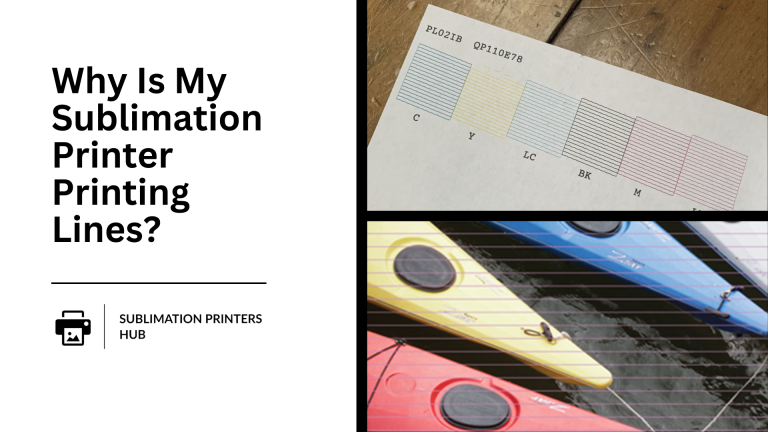
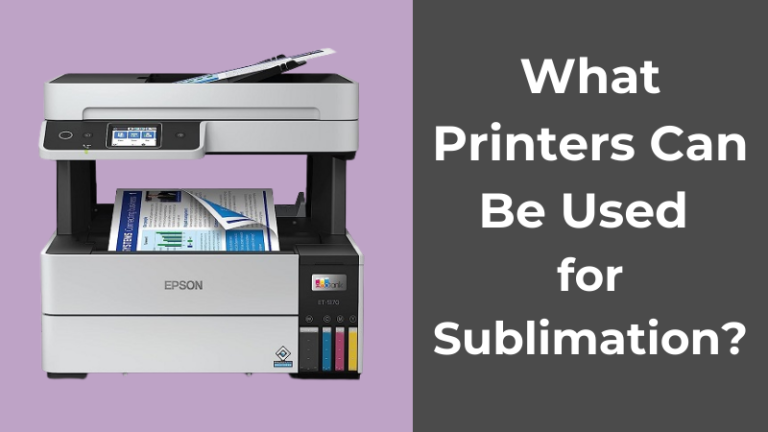
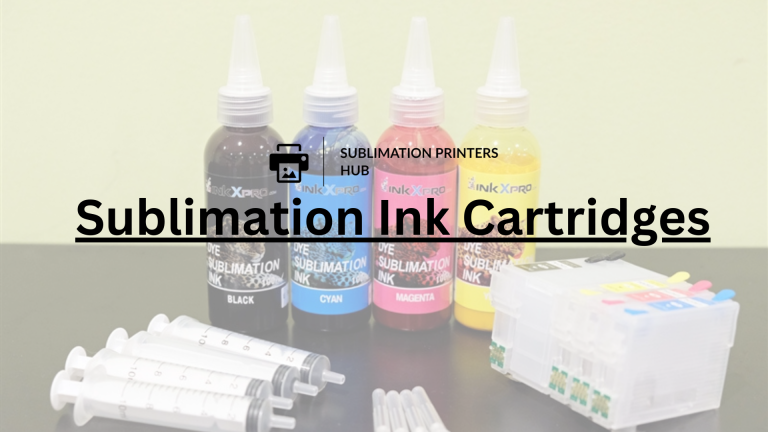
14 Comments